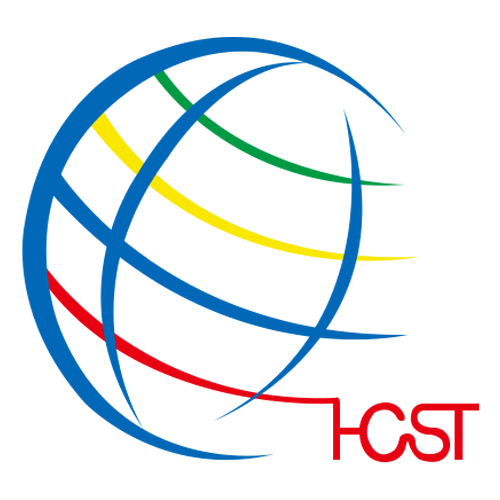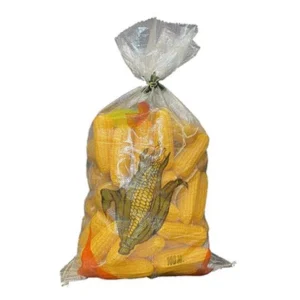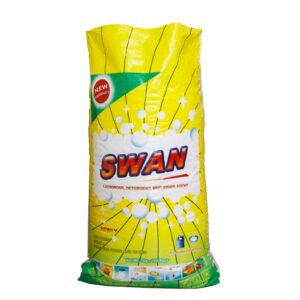Wheat PP Woven Bag
Categories PP Woven Agricultural Bag, PP Woven Bag
A wheat PP woven bag is a type of packaging material designed specifically for the storage and transportation of wheat. Made from polypropylene (PP), these bags are known for their durability, strength, and resistance to various environmental conditions, making them an ideal choice for protecting wheat during storage and transit.
Product Details:
Manufacturing Process of Wheat PP Woven Bag
- Extrusion of Polypropylene Resin The process starts with the extrusion of polypropylene resin. PP resin, in the form of small beads or pellets, is fed into an extruder machine. Inside the extruder, the resin is melted at high temperatures (around 200 to 300 degrees Celsius) and formed into a molten polymer.
- Formation of Flat Yarns The molten PP is then passed through a spinneret to form flat tapes or yarns. This spinneret has multiple holes, each corresponding to a tape that will eventually make up the woven fabric. The speed of the extrusion process determines the thickness and strength of the yarn.
- Stretching and Drawing The flat tapes are then stretched and drawn to align the polymer molecules, increasing the strength and durability of the resulting fabric. This stretching process also controls the width and thickness of the yarn, which will influence the final properties of the woven bag.
- Weaving The stretched tapes are woven using a circular loom or a flat loom. Circular looms are commonly used for tubular woven bags, while flat looms are used for flat woven fabric, which is later cut and stitched into bags. The weaving process interlaces the tapes, creating a strong and flexible fabric.
- Lamination In some cases, PP woven bags may undergo lamination for added protection. A thin layer of polyethene (PE) film can be applied to one or both sides of the woven fabric. This lamination improves the bag’s resistance to moisture and makes it more suitable for packaging products that require extra protection.
- Printing After the fabric is woven and optionally laminated, it can be printed with designs, logos, product information, or handling instructions. Printing is typically done using a flexographic printing process, where ink is applied to the fabric through flexible relief plates.
- Cutting and Stitching The printed woven fabric is then cut into panels of the desired size for the bags. These panels are stitched together using high-speed sewing machines equipped with special needles and threads designed for PP woven fabrics. The stitching creates the sides and bottom of the bags, leaving the top open for filling.
- Hemming and Finishing The top of the bag is folded over and stitched to create a hem, reinforcing the opening and preventing fraying. Some bags may also have a drawstring closure or other types of closures added at this stage. The finished bags undergo quality control checks to ensure they meet the required specifications.
- Baling and Packaging Once the bags are manufactured and inspected, they are usually baled for transportation and storage. Baling compresses the bags into compact, uniform bundles, ready for shipping to customers. Depending on the order, bags may be packed into larger containers for bulk delivery or palletized for easier handling.






